Research Projects

VSPER Theory, An Interactive and Immersive Learning Environment
Accepted at iLRN 2020
In this work, we are exploring the role of immersive learning in regards to predicting molecular structures and orbital hybridization. Specifically, we utilize an interactive virtual learn- ing environment to help teach the concept of the Valence Shell Electron Pair Repulsion theory. We developed an interactive and immersive simulation in which participants constructed virtual molecules.
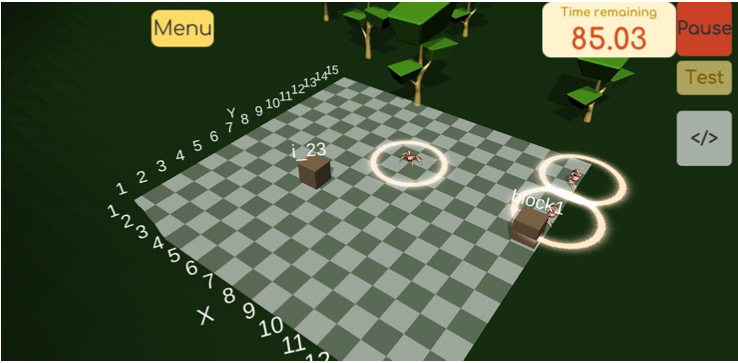
Immersively Learning Object Oriented Programming Concepts With sCool
Accepted at iLRN 2020
The proposed project, sCool, is an adaptive mobile game designed for STEM education. In this work, we present a new iteration of sCool in efforts to further examine contributing factors of engagement and comprehension.

Analysis of Haptic Feedback and its Influences in Virtual Reality Learning Environments
Accepted at iLRN 2020
In this work we present our approach of measuring the influence, importance and immersion of haptic feedback in a virtual reality learning environment. Participants were given the goal to improve themselves to their best ability on a task involving virtual weights supported by real world objects in a mixed reality environment.
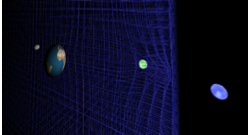
An Immersive and Interactive Visualization of Gravitational Waves
Accepted at iLRN 2020
In this work we are presenting a novel virtual learning environment for understanding the phenomena of grav- itational waves. Emphasizing on the popular aspect of this topic, we developed an interactive and immersive gravitational wave simulation using a field density representation.
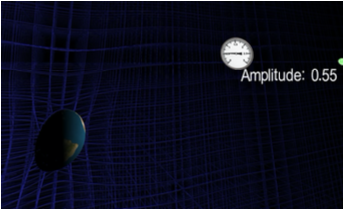
GraViz - An Interactive Visualization of Gravitational Waves
Published at IEEE 2020
In this project we created a novel interactive virtual reality learning environment to improve the understanding of gravitational waves and their effect. A user sees a field density representation of the waves traveling through space time, as well as an abstract representation of earth with an orbiting moon under their effect. The user can travel through this environment via VR controlelrs and has a display with information about the waves effect at one specific point.
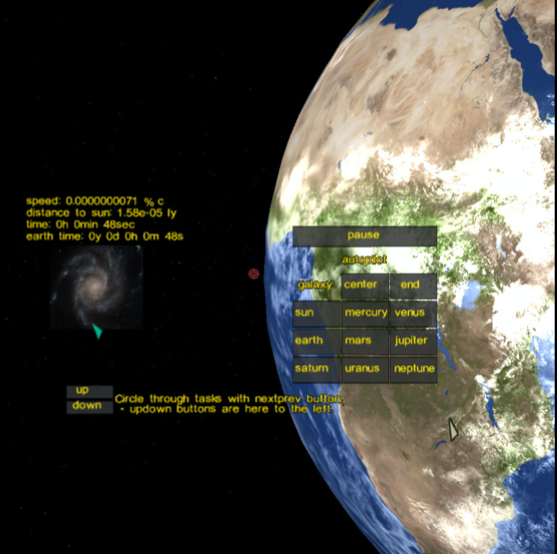
Special Relativity in Immersive Learning
Published at iLRN 2019
In this paper, we discuss our development, implementation and evaluation of an interactive, real-time, and real-scale virtual real- ity application used to understand the theory of special relativity. Since special relativity deals with non-trivial counter-intuitive subjects such as the twin paradox and the Lorentz contraction, we utilize an immersive VR experience to visualize these phenomena.

Real-Time Ray Tracing with Spherically Projected Object Data
Published at ISVC 2019
As raytracing becomes feasible in regards to computational costs for real-time applications, new challenges emerge to achieve suffi- cient quality. To aim for an acceptable framerate, the amount of con- secutive rays is strongly reduced to keep the workload on the GPU low, but sophisticated approaches for denoising are required. One of the ma- jor bottlenecks is finding the ray intersection with the geometry. In this work, we present a fast alternative by pre-computing a spherical projection of an object and reduce the cost of intersection-testing independent of the vertex count by projecting the object onto a circumscribed sphere.
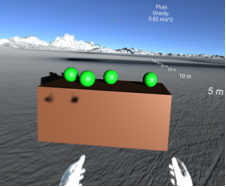
Immersive Learning for Scale and Order of Magnitude in Newtonian Mechanics
Published at iLRN 2019
The purpose of this paper is to gain a better understanding on the role of immersive learning in regards to one’s intuition on the order of magnitude and scale, by using projectile motion as an example of Newton mechanics. We developed a semi-tangible virtual reality (VR) application that serves as virtual learning environment (VLE). In this ap- plication, participants throw objects and explore the effects of different conditions, such as variations in gravity and air density.
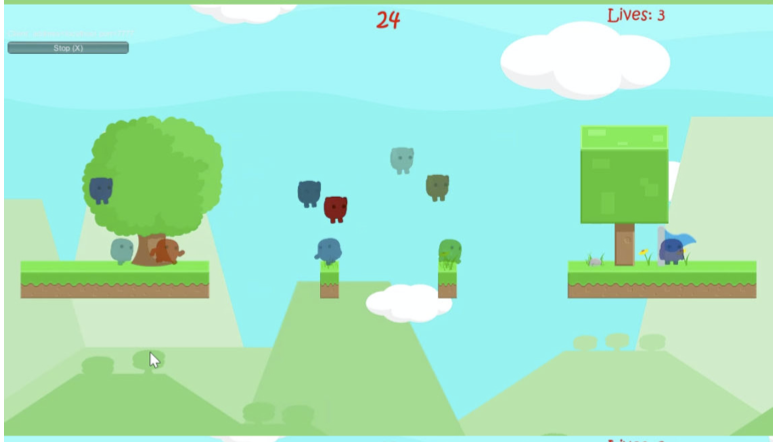
An Analysis of Peer Presence Social Group Dynamics to Enhance Player Engagement in Multiplayer Games
Published at COG 2019
In this paper, we seek to identify game design paradigms that enhance the player experience for multiplayer games in regards to engagement and immersion through social group dynamic emphasized level design based on peer presence. In order to identify these paradigms, we developed a 2D platform game consisting of several scenarios designed to invoke different sub-categories of peer presence social group dynamics such as group cohesion, peer pressure, leader-observer social identity role distribution and black sheep effects.

Flex: Hand Gesture Recognition using Muscle Flexing Sensors
Published at ACM SUI 2017
We present Flex, a low cost, lightweight, energy-efficient spatial input armband consisting of four flex resistance sensors. The device provides a continuous, 4-dimensional signal of forearm muscles flex. We train a long short-term memory network (LSTM) to enable real-time recognition of motion gestures as read by the sensor.
Real-time Avatar Animation Synthesis from Course Motion Input
Published at VRST 2017
We present an animation synthesis technique that produces high quality avatar animation from coarse or incomplete motion input by matching, in real-time, the input against thousands of high-quality pre-recorded motion capture templates. The technique uses subse- quence multivariate Quaternion Dynamic Time Warping with the angle between quaternions as a distance measure.
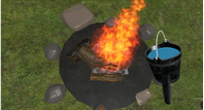
VR Wildfire Prevention: Teaching Campfire Safety in a Gamified Immersive Environment
Published at VRST 2017
This immersive experience guides the user through every step of creat- ing and extinguishing a campfire based on information from the Smokey the Bear campaign. VR Wildfire Prevention aims to engage and educate people in campfire safety by providing a controlled environment to practice the relevant techniques while incentivizing proper behavior through gamification.

Real-Time Object Removal in Augmented Reality
The goal of this thesis is to digitally remove a real object from a real environment, causing the user to perceive that it doesn’t exist. This is useful when refurnishing a room and viewing virtual furniture to determine what furnishings to buy. Rather than physically removing existing furniture, we can digitally remove them before placing virtual content. This is all performed on the Microsoft HoloLens.

Real-Time Volumetric Cloud Renderer
This project introduces an efficient and effective method to render animated, lifelike clouds in real-time. Our clouds dynamically react to other world-parameters like the position of the camera or the sun. Our clouds are also conveniently parameterized to allow for flexible customization of its density, position, sizes, etc.
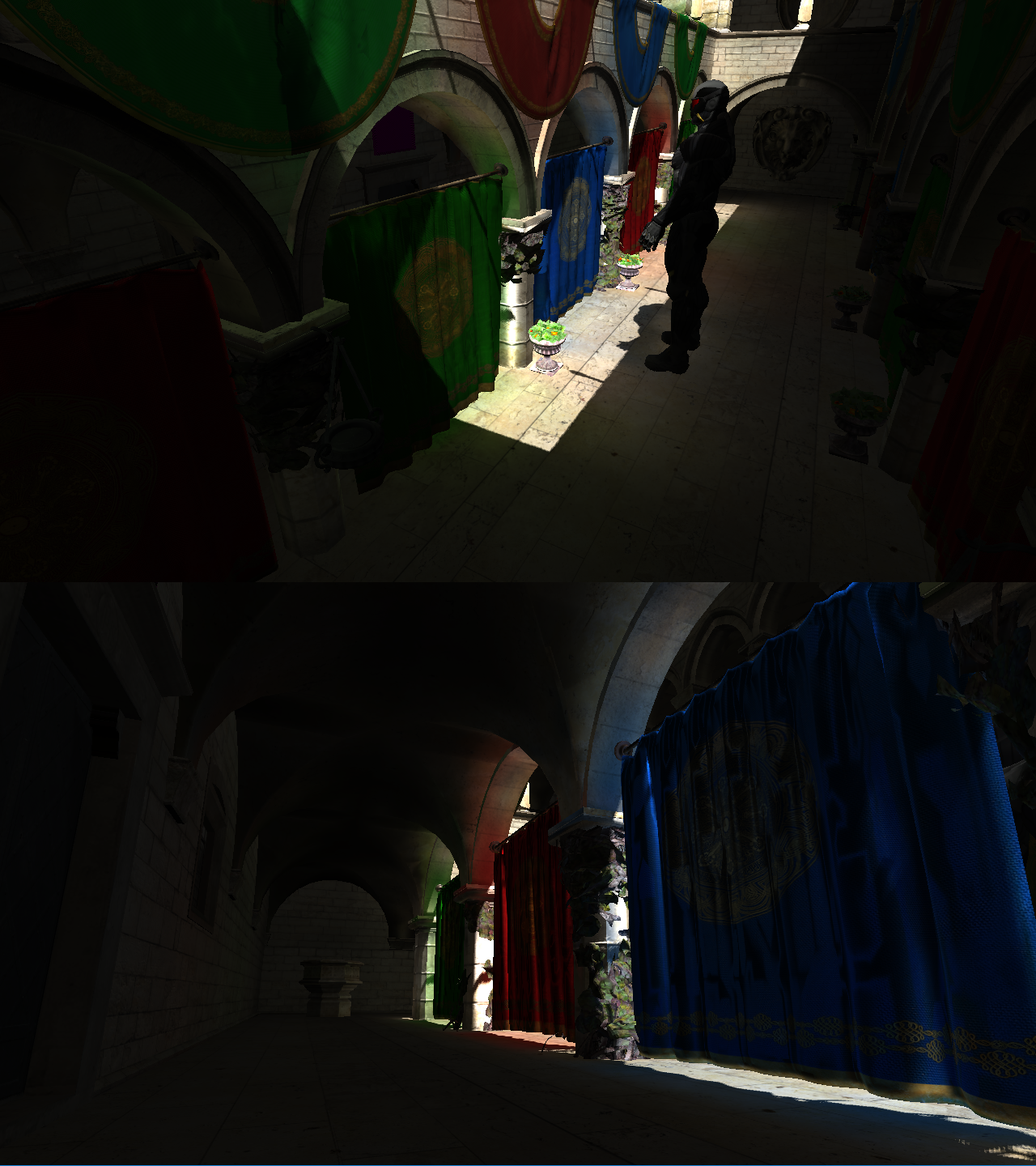
Real-time Dynamic Global Illumination using Warped Voxel Cone Tracing
Global illumination is a generic term that describes light that comes from indirect sources in a scene, such as from reflections and light scattering. In order to approximate this behavior in real-time, we use a filtered representation of a scene's radiance (light energy) and a cone tracing algorithm (similar to raymarching). The goal of this thesis is to improve upon this idea through various optimizations and to provide a public, easy-to-follow implementation for others to learn from or integrate into their own project.
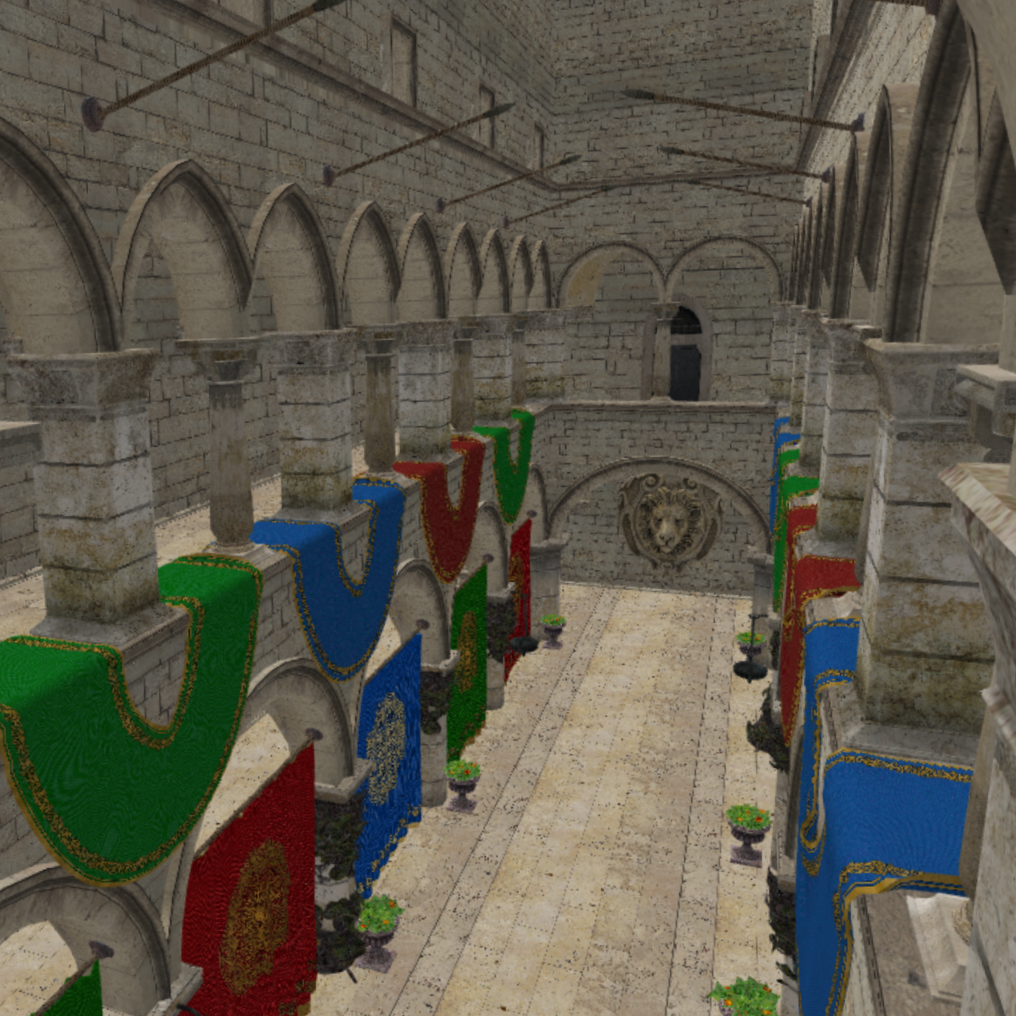
Advanced Real-Time Ray Tracing
This thesis is focused on leveraging existing rasterization techniques for quickly creating scenes while leveraging cutting-edge real-time ray tracing technologies using Microsoft's DXR API in DirectX 12. Our goal is to find ways to improve existing rasterized renderers using this new approach to the long-standing problem of real-time ray tracing and evaluate its effectiveness. We are also working on ways to improve the performance of real-time ray tracing using DXR. Finally, this work will also result in a good, publically available base library for DXR and DX12 for others to build on top of within and outside of the Mixed Reality Lab.

SIMPI
SIMPI is a new simple way of executing complex math operations such as matrix inversion or equation solving quickly with the help of parallelization. Our goal is to perform these operations roughly 10x faster. It is best used when implemented on a supercomputer where it has access to a large number of cores or distributed systems.